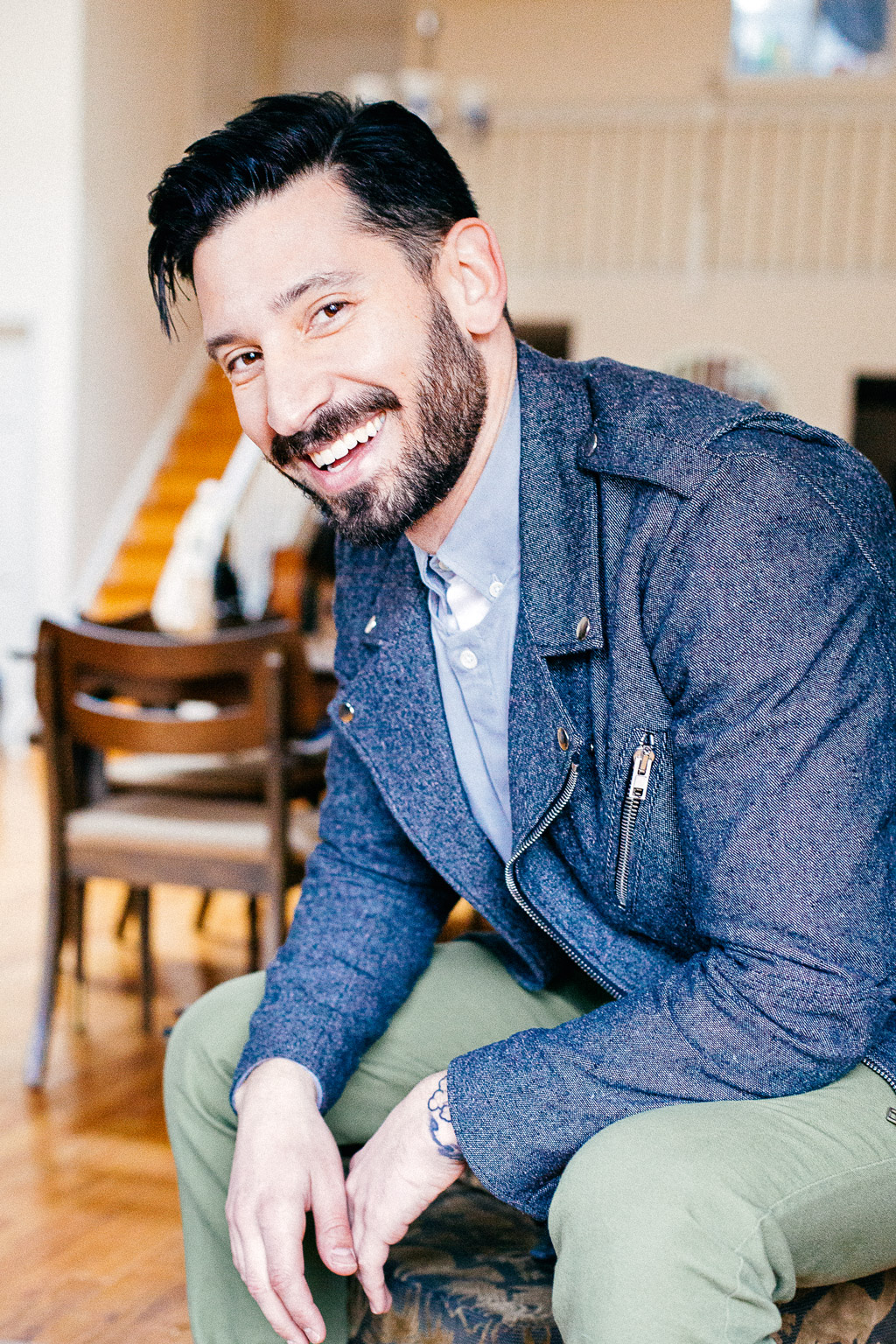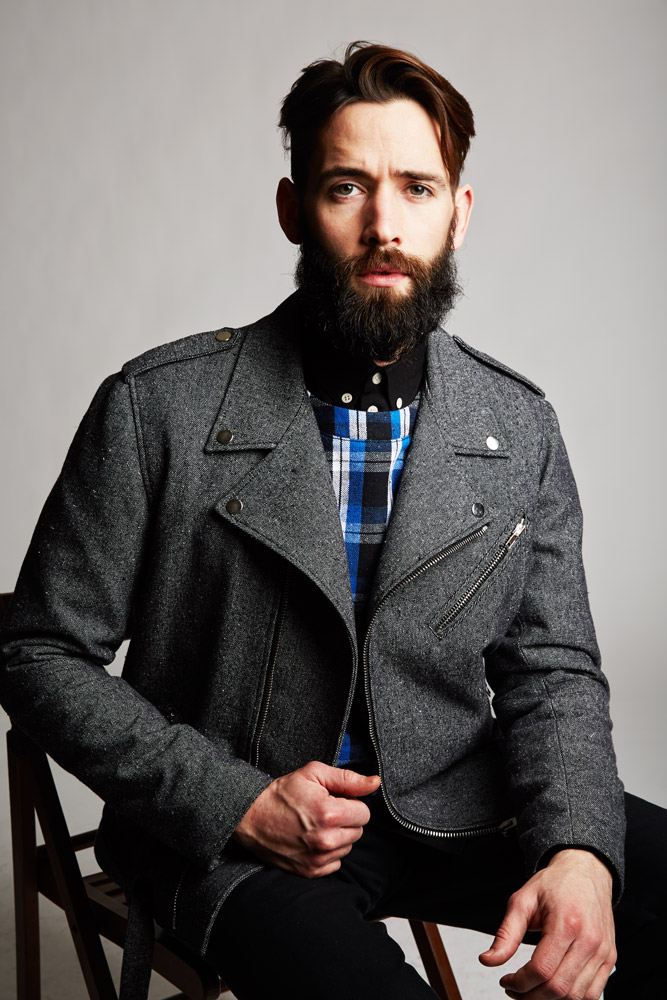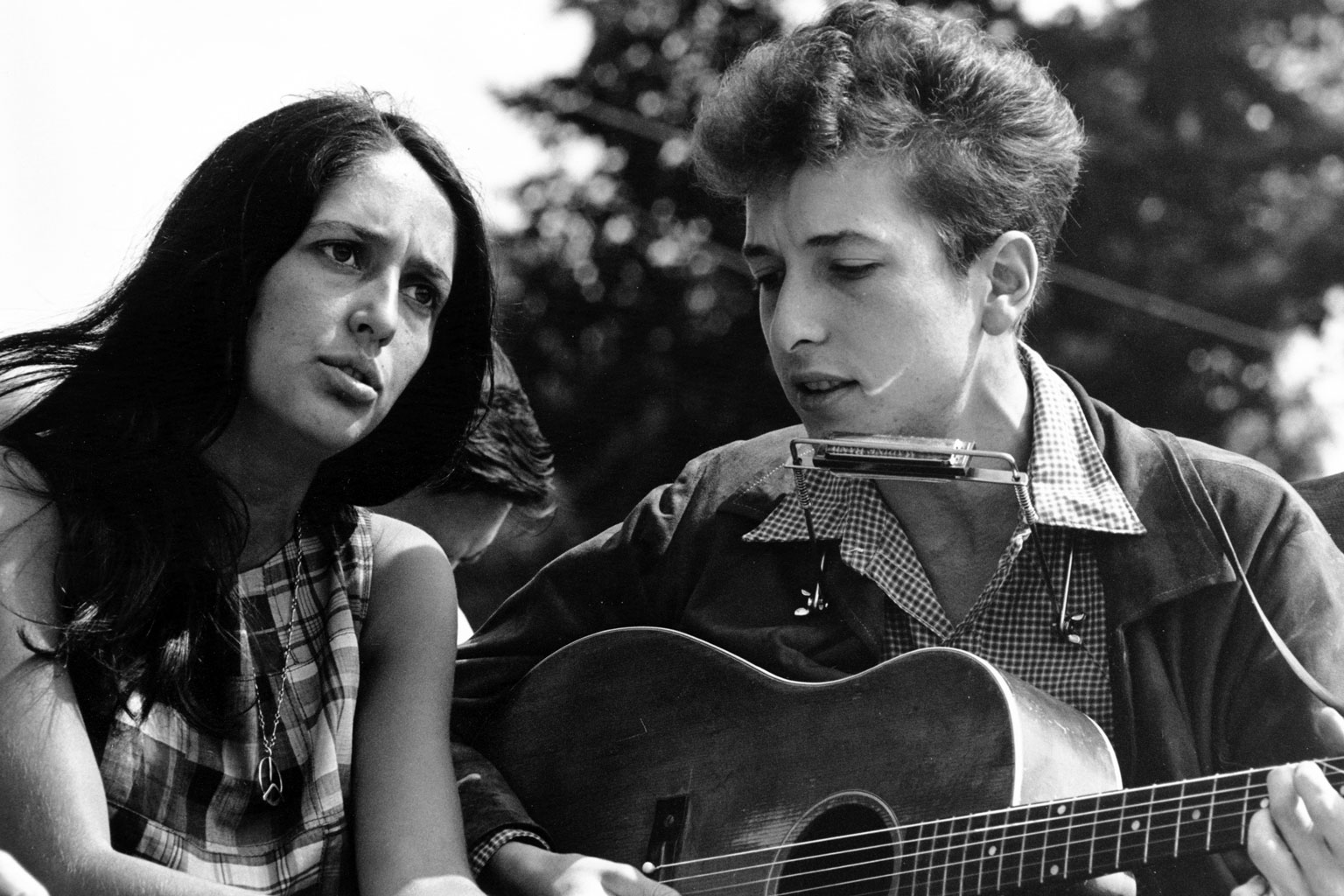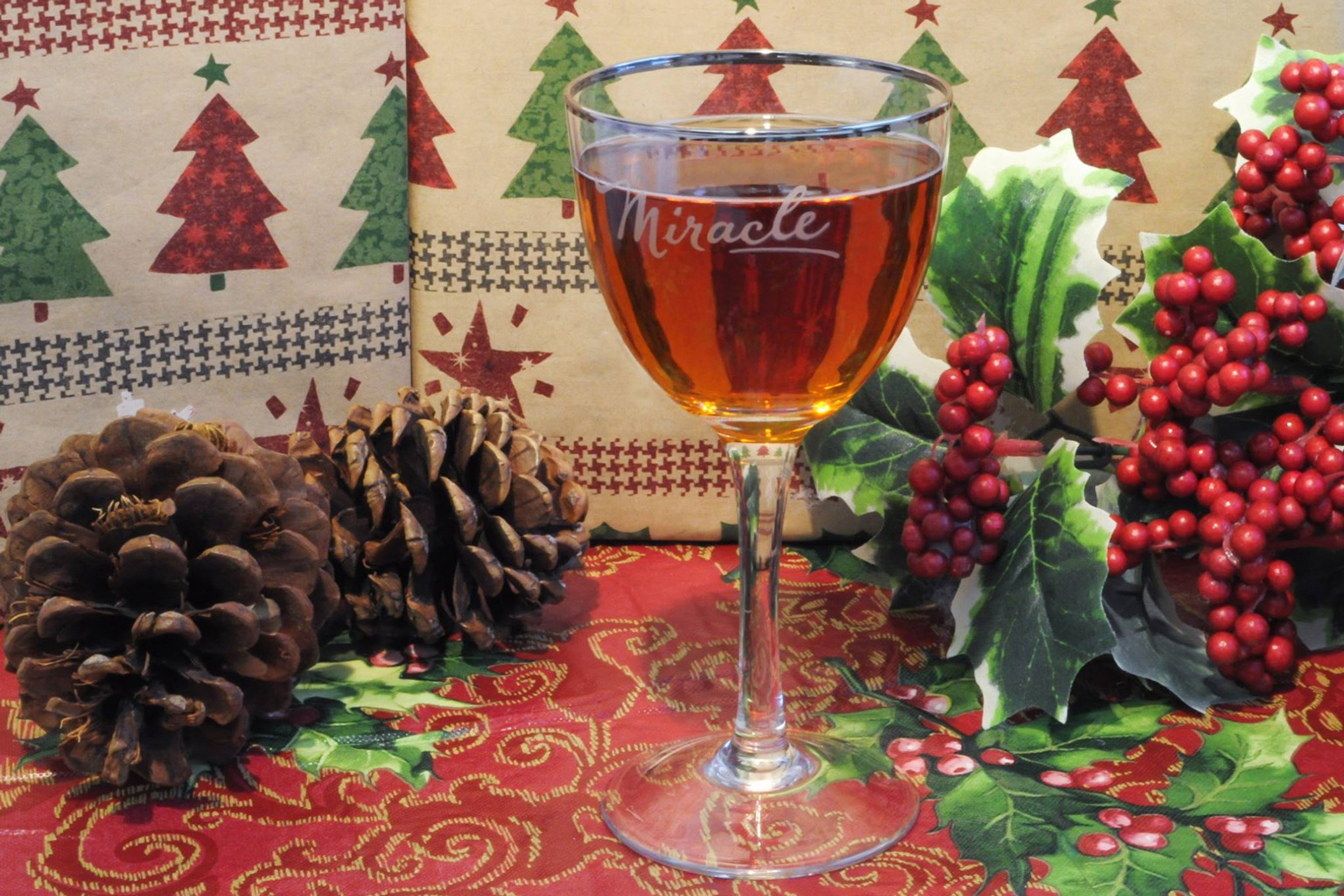This Friday, Katie + I are hosting a longtime friend in the vegan scene at MooShoes Los Angeles—NYC’s Joshua Katcher, editor + founder of the ethical Web journal, The Discerning Brute, adjunct professor of fashion at Parsons The New School, and founder + creative director at Brave GentleMan, a high-end, sustainable, and ethically-made men’s collection offering a fusion of future-textiles and centuries-old production methodology. Joshua will be holding a pop-up at the store from noon on Friday, featuring men’s suiting, outerwear, and more and we’ll be holding a cocktail reception afterwards at 7PM. You can find out more and RSVP via Facebook. In the meantime, we wanted to sit down and catch up with Joshua about the strides he’s made in men’s ethical fashion in the past years, the movement in general and how it’s changed, and challenges he’s faced in bringing all this work to bear.
raven + crow: Alright, first off, for those of us who don’t already know, how and when did you start Brave GentleMan? When you + I first met, you were just doing the Discerning Brute. That seems like quite the leap, from commentator on and appreciator of fashion to actual producer of it.
Joshua Katcher: One led to the other! While I was writing about fashion, I started to realize that there weren’t any brands out there making the styles and quality of garments and accessories I would like to purchase. When I reached out to Novacas to see if they’d collaborate and they said yes, I was thrilled! It was a dream come true to be able to take the ideas in my head and see them created in physical reality, and people responded so positively! Brave GentleMan customers are awesome. They are smart, creative, and willing to invest in something that is better quality because it lasts longer, it finances a value chain that they want to see flourish—from fair labor practices to innovative and sustainable vegan materials.
So the spark was mostly a simple lack of ethical, sustainably made high-fashion for men in the market as it existed then.
Yes, in 2008 most of the ethical/sustainable lifestyle market was geared toward women (which is another issue we could discuss). And there was a stigma that ethical and “eco” clothing was an aesthetic, and that aesthetic was hippy-dippy, crystals-and-incense. The fact that classic menswear aesthetics can be made with ethical and sustainable materials and methodologies was confusing to some people. So yes, there was a lack and I hope to be filling that void.
You’ve termed many of your material things along the lines of ‘future-wool’ or ‘future-leather’ or ‘future-suede’—it’s a beautifully optimistic sentiment, to think that the future of the world’s textiles would not involve killing and abusing animals for their skins and wools. Do you sincerely think these animal-friendly materials really are the future of textiles or is it more positive thinking than predictive?
The scientific reality is two-fold: On one had we have to come to terms with the fact that industrial animal operations—whether it’s wool or leather—are the single greatest cause of the worst environmental problems. We are reminded of this every year by leading experts from the United Nations. We will be forced to find better ways of making everything.
On the other hand, we have the most visionary, exciting innovations in materials happening in the realms of biofabrication, culturing, biosynthetics, bioplastics, recycled materials, and high-tech, high-efficiency, closed-loop synthetics. Scientists are now able to grow most animal materials in the laboratory, and the future for materials looks more like a beer brewery than a cotton field or factory farm. And the best part is that these materials will be superior in every way: Endlessly customizable, far less ecological impact, no animals bred and confined or trapped and killed. There are already materials like biosynthesized spider silk being produced at scale, ready for market without spiders involved in the process. The future is bright and the fashion industry, while deeply entrenched in relationships with old-fashioned animal material suppliers, will either change or become irrelevant when replaced by these visionary innovations.
Can you speak more to the environmental sustainability of animal-free products as they exist now? We encounter people often who take issue with faux leather or the like because they’re worried it’ll sit around in a landfill after they throw it out. Likewise, animal cruelty notwithstanding, others claim that it’s more sustainable to buy one pair of boots made from animal flesh that’ll last them a lifetime than it is to cycle through a pair of cruelty-free boots every few years. What do you say to those particular arguments.
This is a really important question, but requires a long answer! People who think modern synthetic textiles have more of an environmental impact than animal skins are simply wrong, and they are likely victims of really expensive marketing and lobbying from the powerful livestock industries. I find that there are five major misunderstandings with those who take this line of reasoning:
- Assumption one is that animals are “natural” and therefore, the turning of their body parts (that would otherwise decompose) into textiles is “natural”. The truth is that the livestock industries represent the single greatest cause of the worst environmental problems and that’s a fact backed by a lot of respected scientific research coming from places like the United Nations Food and Agricultural Organization. So that means things like wool and leather are responsible for the most major ecological and climate impacts before you even get to the tanning, dyeing, shearing or milling processes.
- The second assumption is that animal industries don’t use petroleum and synthetics themselves, when in fact, they use tons of the stuff. A leather boot usually still has a synthetic sole and many wool, fur and leather garments are lined in synthetics like polyester. There was a time when leather was tanned with urine, feces and brains, but with modern day tanneries, especially those where most of the worlds’ leather is produced, like those in Bangladesh, the sheer amount of solid and liquid waste full of dangerous chemicals that are dumped into waterways is mind-boggling. During the tanning process at least 660 lbs of chemicals (lime, salt etc.) are added per ton of hides. Bovine leather alone results in roughly 4.2 billion lbs of tanning chemicals used annually. That’s the weight of almost six Empire State Buildings of chemicals. Tanning results in large volumes of effluent contaminated with toxic compounds including aluminum, chromium sulphide, and caustic soda. Most of these are used in countries with very poor and unenforced environmental regulations (which is why it can be made cheap), but it takes a devastating toll of the people, animals, and especially the local waterways. Skin was designed by nature to biodegrade. Synthetic chemicals preserve it.
- The third assumption is that things like leather are a “byproduct”, when in fact it’s a co-product. This is a really important distinction, because these tanneries aren’t simply making use of something that would otherwise be thrown away. They’re capitalizing on one of the most profitable aspects of the livestock industries, a co-product without which many cattle operations would lose serious profits and go out of business.
- The fourth assumption is that things in the past were better when it came to turning animals into clothing. But even in previous centuries, the demand for animal materials for fashion had massive impacts, driving many species to extinction like the Huia and Carolina parakeet, hunted to extinction for the feather trade; the toolache wallaby, sea mink, Quagga and Great Auk who were hunted to extinction for their pelts; and the Falklands Island wolf and Tasmanian tiger who were exterminated as “pests” to protect sheep herds.
- The final assumption is that synthetic is bad. This is simply marketing. Synthetics will continue to get more efficient, more sustainable, more customizable and more biological, while raising animals for materials can’t change that much aside from cramming more and more animals into smaller and smaller spaces and chopping them up faster. Scientists in Japan figured out how to make lycra from waste molasses and poly from bioplastic or mechanically recycled bottles. Synthetics will always be getting more visionary and this isn’t 1970 where PVC and other crappy, toxic products define “synthetic”.
Wow. Thank you. Even for someone already in the fold, so to speak, that’s all quite enlightening. Back to Brave GentleMan and your mission for the company, can you speak to each facet or product a bit? Its’ definitely evolved and grown over the years, in terms of products you offer.
My goal for BraveGentleMan is to become a full lifestyle brand that continually—but of course with high editorial standards—expands into more product categories. For now we offer ready-to-wear (RTW) suiting, shirting, outerwear, shoes, boots, soap, hats, belts, and wallets.
What’s the most exciting product you make now, for you?
I love our suits. That was my original dream, to make a vegan suit, and it’s still my favorite thing to do. Suits are a complicated thing!
I can only imagine. Speak to the challenges you’ve encountered in creating and growing Brave Gentleman over the years. It’s got to be quite the task, for instance, to deal with materials factories in Italy for the first time or even just communicate the desire to people outside of the vegan realm why you don’t want sheeps’ wool or animal hides involved in your products.
I’ve heard, “Vegan clothing? What are you going to eat your shirt?”
OH MY GOD, we get the ‘So you can eat the shoes…heheh’ thing CONSTANTLY at MooShoes. It continues to get even older.
People think vegan means food, and that’s just evidence of the larger problem that fashion is not taken seriously in academica, politics, or elsewhere. It’s seen as trivial, but has massive, global impacts on workers, animals, and the environment.
Where to begin though?! I stopped working with a tie-maker because he absolutely refused to understand that I would not use silk or wool, no matter how patiently and clearly I explained it (and I’m a educator, so I know how to communicate). Then I had about five consecutive suit factories tell me I’d never be able to make vegan suits, and I should just quit now because even cotton and linen suits have wool interlining, silk thread, horsehair canvas, and other things that they were not willing to take the time to replace for me. I spent years doing research and development, endlessly searching for sustainable, vegan fairly-made materials that would make superior suiting. At this point I even have to make my own custom shoulder pads from recycled poly batting, made from soda and water bottles. The people who are the most confused, however, are the people who don’t understand that I am not willing to use a foreign sweatshop or cheap, toxic materials in order to decrease my costs and increase profits. I have two bottom lines, one is financial and one is ethical, and I have to work at making both of them a priority.
Well-put. Not to date ourselves, but you + I have been doing this for a while now. How have you seen the vegan scene change over the years, both in terms of food and the like and in the larger realm of fashion itself.
I love getting older! I’m 34 and I’ll be 35 in October, and I’ve been vegan since I was 18. I think what’s changed the most about the vegan scene is that now it’s not just an “alternative” for avoiding things, but it’s become aspirational from the standpoint of aesthetics and taste. I mean that in the sense that some of the most exciting innovations in cuisine, fashion, and the arts are coming from a value set that is vegan. Vegan is being redefined and equating to high-quality, and that’s a really major transformation.
So true. Like you said, it’s no longer hippy-dippy crystals and hemp, it’s finally being (more) recognized as a product of values and something that can be done with ethics and taste. I know, you’re serving as an Instructor of fashion at Parsons The New School these days. How did that come about?
I’ve lectured at several universities on the topic of fashion and animals; when I spoke at Parsons, an existing professor there recommended me and I was hired as a part-time instructor. I ended up becoming an expert on this topic and I am almost done with my book about it!
That’s very exciting. Anyone who’s been vegan any amount of time has done their fair share of educating others on the whole how, why, what…how is it for you, serving the role of educator more formally now?
It’s really exciting and challenging to continually be refining the way I’m communicating these ideas to students. I’ve learned more from teaching than I have from anything else, about being effective.
That’s excellent. And, in addition to having a Brave Gentleman pop-up at MooShoes LA while you’re in town, you’re also part of a larger panel that’s happening tonight on vegan fashion and sustainability. Can you tell us a little bit about what you all will be discussing there and who else is involved?
I’ll be on a fashion panel that PETA has organized along with Leanne Mai-ly Hilgart (Vaute), Stephanie Nicora (Nicora Johns), Rebecca Mink (Mink Shoes), and will be moderated by Taryn Hipwell (Ecodivas, FIDM). The topic of discussion is Vegan Fashion + Sustainbility and it’s at the Pyo Gallery LA, 1100 S. Hope St., #105 (near the intersection of S. Hope Street and W. 11th Street), in Los Angeles. Doors open at 6:20 p.m., program from 6:40 p.m. to 8 p.m. Only 100 people can fit in the space, so people should RSVP on the FB event page quick!
Done and done. Thanks so much for talking with us, Joshua—see you soon!
Below, the Brave GentleMan Tweed Moto Jacket, on of the many items Joshua will have on-hand at the pop-up Friday. He’ll be at MooShoes LA from noon on Friday to 6PM, followed by an after-hours evening reception starting at 7PM and featuring specialty cocktails from Mateo Hoke, Chief Cocktail Editor at Millennium Restaurant in Oakland and selections from Los Angeles’ Vromage vegan cheese shop. RSVP via Facebook.
Photos of Joshua above + to the right by Julia Cawley.




